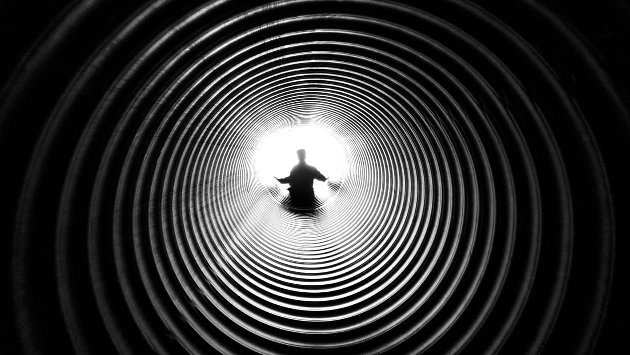
What is a Confined Space?
A confined space is a work area which is considered to be partially or substantially enclosed, restricting movement. In many cases, confined spaces will also present restrictions in terms of entry and exit, increasing health and safety risks for workers who perform operations in these areas.
Confined spaces are often defined as areas that are:
- Enclosed on all sides
- Small/Difficult to work in
- Hard to get out of
However, a place not usually fitting this description may become a confined space if the conditions change, for example, if the level of oxygen is reduced or there is water present. This may also apply if the area is used to store specific items such as gas cylinders, which would present a risk to the surrounding atmosphere if discharged.
Work Areas Commonly Defined as Confined Spaces Include:
- Tunnels
- Pipelines
- Manholes
- Silos
- Tanks
- Pits
- Sewers
- Trenches
- Storage Bins
- Ductwork
- Shafts
- Building Voids
What Does the Law Say About Confined Spaces?
Under the Health and Safety at Work Act 1974, employers must ensure the safety of their workers and others, a duty which is regulated in further detail by the Confined Spaces Regulations 1997. These regulations require the employer to avoid confined space entry where possible, following safe working systems in cases where the work is unavoidable. If confined space work is being conducted, employers must ensure that emergency arrangements are put in place before commencing operations.
In addition to the specific requirements of working in confined spaces, regulations for managing health and safety at work (1999) also require employers/self employed individuals to carry our a thorough risk assessment of the area, in order to accurately identify which measures need to be taken in order to prevent injuries. This may result in the need to manage certain hazards by using specialised equipment such as safety barriers and harnesses.
What Hazards do Confined Spaces Present?
One or more of the following risks must be present or reasonably foreseeable for the area to be defined as a confined space:
- Reduced oxygen
- Fire and explosions
- Harmful gases, fumes and vapours
- Solid or liquid materials flowing into the space
- Increased temperatures
When is a Confined Space not Defined as a Confined Space?
If an enclosed space does not present one of the specific risks outlined by the regulations, it may not be defined as a confined space, but will be subject to other relevant regulations relating to workplace health and safety.
For more health and safety news and advice, follow us on Twitter!

